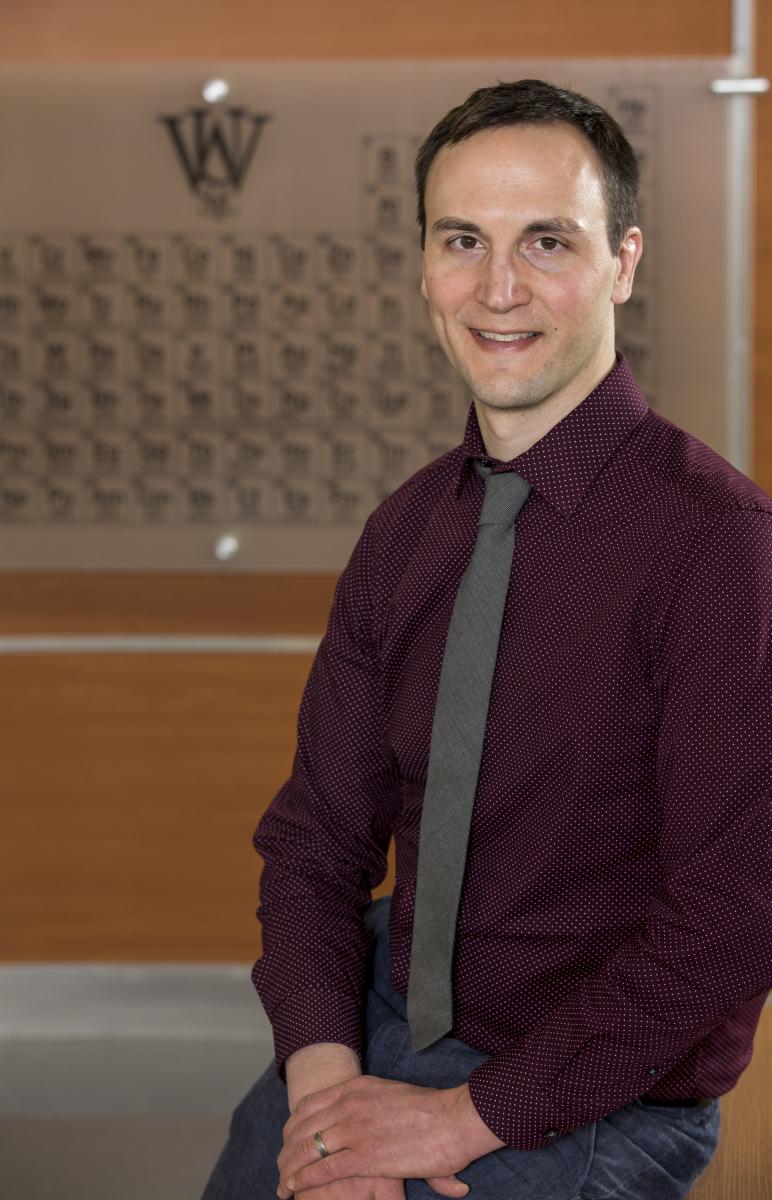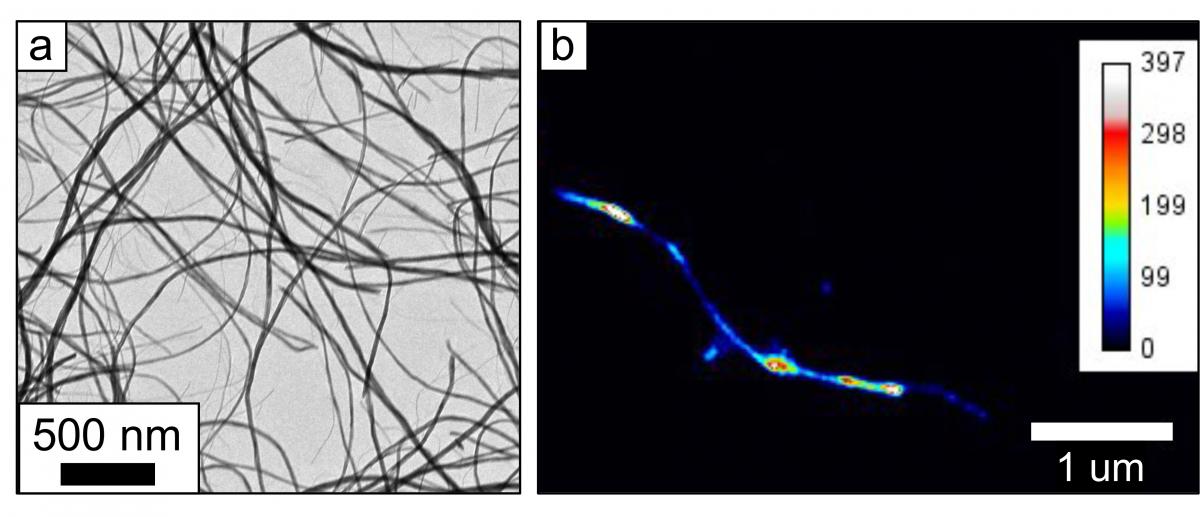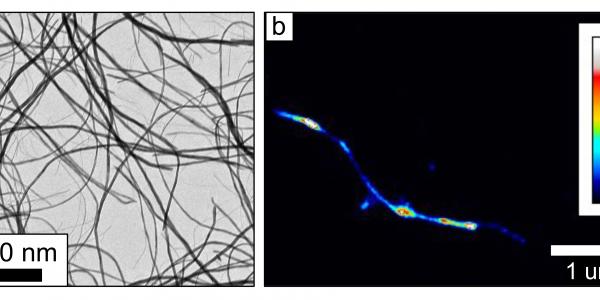Bryce Sadtler, assistant professor of chemistry in Arts & Sciences at Washington University in St. Louis, has been awarded a prestigious Faculty Early Career Development (CAREER) Award by the National Science Foundation. His grant, expected to total more than $610,000 over the next five years, is for research to identify the structural characteristics that make some catalysts better than others for harvesting energy from the sun.

Nanocrystal photocatalysts are tiny, synthetic crystals that use light to accelerate chemical reactions. Photocatalysts that make fuels such as methane using only carbon dioxide, water and sunlight would have significant benefit to society. However, developing photocatalysts capable of sunlight-to-fuel conversion is a challenging problem that requires a fundamental understanding of the chemical reactions taking place on the nanocrystal surface.
“Each particle is a little bit different,” Sadtler said. “So the question is, what attributes — what structural chemical features — are leading to the reactions that we want to happen.”
Sadtler is developing microscopy methods to watch individual, light-driven reactions as they occur on single nanocrystal photocatalysts. This will enable Sadtler and his research group to study why some atomic sites on the surface of nanocrystals are particularly active for catalysis.
Hat tip to William E. Moerner: Sadtler says his work relies on a real-time visualization of chemistry made possible, in part, by methods developed by the WashU graduate, who was awarded the Nobel Prize in Chemistry in 2014.

While some promising photocatalysts are already being developed, they have not been able to produce fuel as efficiently as predicted. The reasons are structural, Sadtler believes.
“By correlating the reactivity maps with the atomic resolution of scanning transmission electron microscopy performed on the same particles, this project aims identify how the morphology and distribution of oxygen vacancies in individual particles determines the overall activity for an ensemble of particles,” Sadtler wrote in his CAREER proposal.
Sadtler's new CAREER award also recognizes and provides support for his outreach work in the St. Louis region. With Washington University’s Institute for School Partnerships, Sadtler is helping high school science teachers to incorporate solid-state chemistry into their curriculum through the use of interactive models. Sadtler has organized continuing education workshops on this topic for the past two years and will focus on one-on-one lesson plan development with area teachers starting this summer.
The Faculty Early Career Development (CAREER) Program is the National Science Foundation's most prestigious award in support of early-career faculty who have the potential to serve as academic role models in research and education and to lead advances in the mission of their department or organization. Sadtler’s work is supported by the Macromolecular, Supramolecular and Nanochemistry Program of the NSF Division of Chemistry.




